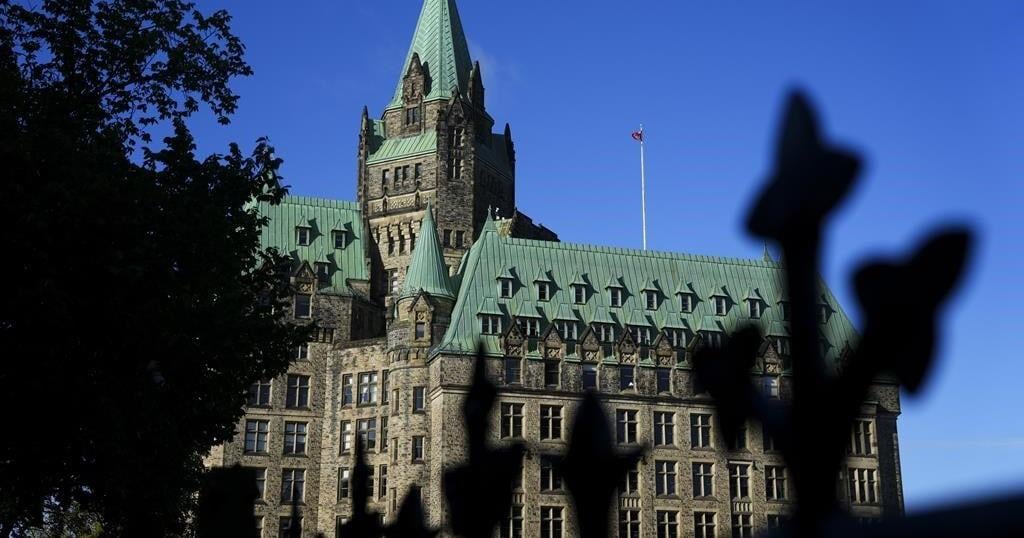The Canadian economy grew less than expected in February from the previous month and is expected to shrink in March, according to data that back up the central bank’s plans to keep interest rate hikes on hold.
February gross domestic product gained 0.1 percent from January, less than the 0.2 percent increase forecast by analysts, after an upwardly revised 0.6 percent expansion in January, Statistics Canada said on Friday. March GDP was most likely down 0.1 percent, Statscan said in a preliminary estimate.
The flash estimate for March, which may change when a final tally is released next month, means the economy likely grew 2.5 percent on an annualized basis in the first quarter. The Bank of Canada has forecast a 2.3 percent rise in real GDP in the first quarter.
“The Canadian economy looks to have stumbled in the early spring after a sprinting start to the year,” said Doug Porter, chief economist at BMO Capital Markets.
The largest strike in Canadian history, now in its 10th day, will affect this month’s growth, analysts said, with the overall impact being a weaker start to the second quarter than had been previously expected. The strike by federal government workers represented by the Public Service Alliance of Canada is affecting services ranging from tax returns to passport renewals.
“Against this backdrop, the Bank of Canada is expected to remain on hold, assuming inflation continues to recede and notwithstanding their tough talk on the possibility of further rate hikes,” Porter said.
The central bank, which had raised interest rates at a record pace over the past year to cool the economy and bring prices down, was the first major central bank to pause its tightening campaign and said it would not raise rates if inflation continued to ease as expected.
The bank this month left its key policy rate at a 15-year high of 4.5 percent for a second time in a row but struck a hawkish tone, playing down market expectations for a cut this year as the risk of a recession diminished.
The bank expects positive but weak growth during the remaining three quarters of this year. At its meeting this month, it even discussed raising rates because of stronger-than-expected growth, a tight labour market and concerns about inflation in the services sector.
“While a weakening economy should prevent policymakers pulling the trigger on another interest rate hike, we don’t see cuts forthcoming until early next year,” said Andrew Grantham, senior economist at CIBC Economics
Canada’s goods-producing sector expanded 0.1 percent in February while the service-producing sector also posted a 0.1 percent rise.
February’s gains were helped by growth in the public, construction, finance and insurance sectors while the wholesale and retail trade sectors were drags.
In March, GDP was likely impacted by decreases in the retail and wholesale trade sectors, Statscan said.
The Canadian dollar was trading 0.3 percent lower at 1.36 to the greenback, or 73.37 US cents, after touching its weakest value in one month.


























